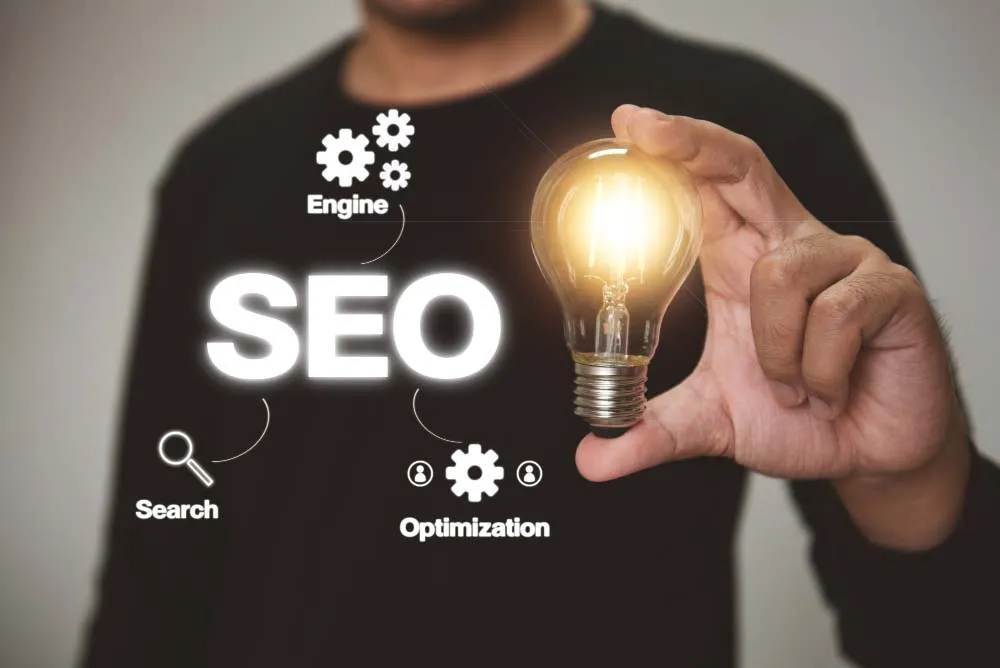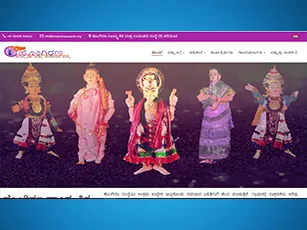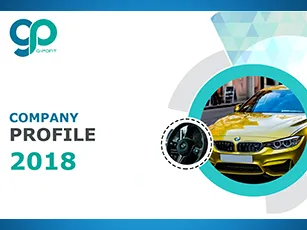What is on-Page SEO?
The art of optimizing web page content for search engines and users is known as on-page SEO (also called on-site SEO). Title tags, content, internal links, and URLs are all popular on-page SEO practices. This is distinct from off-page SEO, which focuses on signals that occur outside of the website. On-page SEO involves optimizing the headlines, HTML tags (title, meta, and header), and images in addition to publishing appropriate, high-quality content. It also includes ensuring that the website has a high level of competence, authority, and trustworthiness. It considers a variety of factors on a webpage that, when combined, will increase the website's visibility in search results.

The Importance of On-Page SEO
On-page SEO is crucial because it aids search engines in comprehending a website and its content, as well as determining if it is applicable to a searcher's question. Relevance and syntax have become more necessary in search engine results pages as search engines are becoming more sophisticated.
Google is now much better at:
- Understanding what users are actually looking for when they type a query, thanks to its multitude of complex algorithms.
- Providing search results that are relevant to the user's search query (informational, shopping, navigational).
Adapting to this change is critical, and one can do so by ensuring that the website and its content – both what is accessible to users on the webpages (text, photos, video, or audio) and elements that are only visible to search engines (HTML tags, standardized data) – are well-optimized according to current best practices.
Furthermore, we can't easily disregard on-page SEO because we have more power over on-site elements than we do with off-page SEO, which is based on external signals (i.e., backlinks). We would see an increase in traffic and a growth in one’s search presence if we put effort into on-page strategies.
By paying careful attention to these 8 on-page SEO elements, we can boost your content and authority, as well as your rankings, traffic, and conversions.
- E-A-T
- Expertise, Authoritativeness, and Trustworthiness (E-A-T) is the method that Google raters use to evaluate content owners, webpages, and whole websites.
- High-quality content has always been a priority for Google. It wants to ensure that sites that produce high-quality content are rewarded with higher rankings, whereas low-quality content sites are penalized.
- There is a direct connection between what Google considers to be high-quality content and what appears in search results.
- Whatever you want to call it – correlation or causation – E-A-T is influencing Google's organic search results in some way. As a result, E-A-T must be factored into your SEO plan.
- Title Tag
- The title tag, which is an HTML tag contained in the head section of every webpage, acts as a first cue or guide for the page's topical subject matter.
- Both the search results pages (generally as a clickable link) and the browser window prominently display
- The title tag is often overlooked because it has little impact on organic rankings on its own.
- However, title tags that are incomplete, duplicated, or poorly written may all have a negative effect on your SEO performance, so make sure you're optimizing for it.

- Meta Description
- Meta definitions have been a significant optimization point since the beginning of SEO.
- Meta descriptions, or meta tags that describe what a website is about, are often displayed in the SERPs under the page title.
- While Google argues that meta descriptions have little impact on rankings, informal evidence indicates that stronger descriptions have advantages.
Correctly optimizing the meta summary will benefit one in the following ways :
- Level of click-through (CTR).
- Perception of the result's consistency.
- Many of your visitors' perceptions of what your website has to give shift.
- Use of headlines
- If one wants one’s website's content to rank well in search engines, then writing catchy headlines is the key.
- It may seem simple to come up with a title for a blog post, but a good headline may mean the difference between a click and an impression, which is why it's critical to do so strategically.
- To stand out in the SERPs, your headlines must pique users' attention, entice them to click through and read the rest of the content.
- Tags in the Header
Header tags (H1-H6) are HTML elements that distinguish headings and subtopics from other text in the content.
- Keyword Cannibalization
When one targets a single term across several sites, you risk "keyword cannibalism," which can have disastrous SEO consequences.
- Image Optimization

There are several benefits to image optimization, including:
- On Google Image Search, there are more opportunities for ranking.
- A more pleasant user experience.
- Quicker page loading time.
- User Participation
Retaining active users is a difficult task in and of itself, but it is possible. Focus on issues such as site speed, user interface, and content optimization, among others, to improve user engagement.
CONTENT WRITING AND ON-PAGE SEO
It's no exaggeration to say that SEO and content go hand in hand. After all, without SEO, one’s content could end up on page 50 of the search results, and we all know how low traffic on those pages is. Similarly, if one’s post-click content is bad, the first-page ranking will only get one so far. That's why a strong connection between SEO and quality content is critical!





